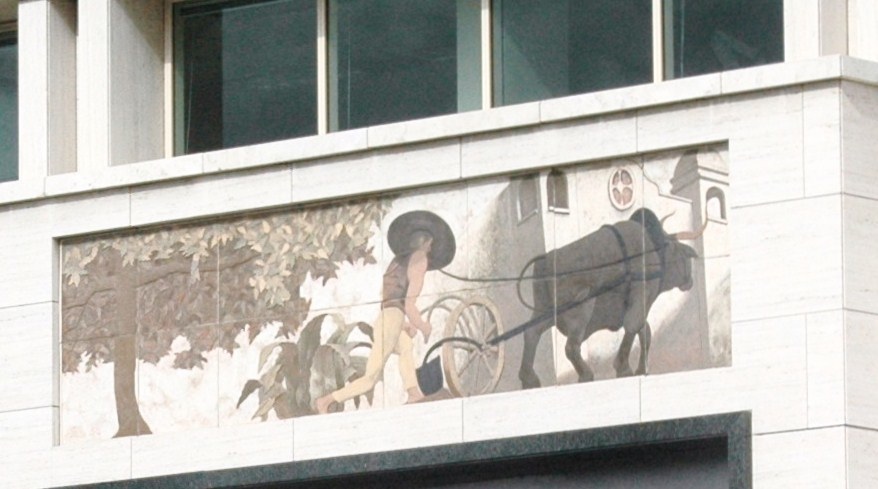The Civil War in the Trans-Mississippi West: Building a Network
A St. Louis merchant arrested in Montana for his Confederate sympathies.
The capture of Mesilla, New Mexico, and the establishment of the Confederate state of Arizona.
Visions of slaveholding in southern California.
The betrayal of loyal Union allies in Indian Territory.
The United States Colored Troops battling along the Mexican border, ready to receive the surrender of the last major division of the Confederate Army, and learning of Lincoln’s assassination.
The fruits of victory evident in new universities founded for African Americans in the West, and in the completion of the transcontinental railroad.
The war’s conflicts continued on Indian reservations, in the racial conflict over property rights, in battles for salt and for railroad-labor cowboying contracts.
*
As we approach the Civil War’s sesquicentennial, it is important to recall how the battles, struggles, and conflicting visions of the Civil War era stretched beyond the Mississippi River, into the western territory seized by the United States from Mexico and American Indian nations.
Gettysburg was an epic battle; Charleston Harbor saw many of the war’s turning points; the battlefields of central Virginia again and again were soaked with blood. But the war in the West – not the so-called “western theater” of Louisiana, Mississippi, Arkansas, and Missouri alone, but the skirmishes, tensions, and near-misses in the wider trans-Misssissippi West – have crucial stories to tell us of the Civil War and its impact.
*
This blog post is merely intended to announce our interests in gathering scholars and members of the public around the task of recovering, researching, analyzing, and commemorating the history of the Civil War in the trans-Mississippi West. In the years ahead, those connected to this network will plan panel discussions and conferences, edited volumes, and book presentations on this vital subject of research.
To get involved, please contact our coordinator, Adam Arenson, assistant professor of history at the University of Texas at El Paso. Please share your ideas, your knowledge of work in progress, syllabi, bibliographies, and more. And watch this space for further information about the fascinating stories of the Civil War in the trans-Mississippi West.

